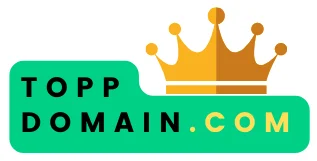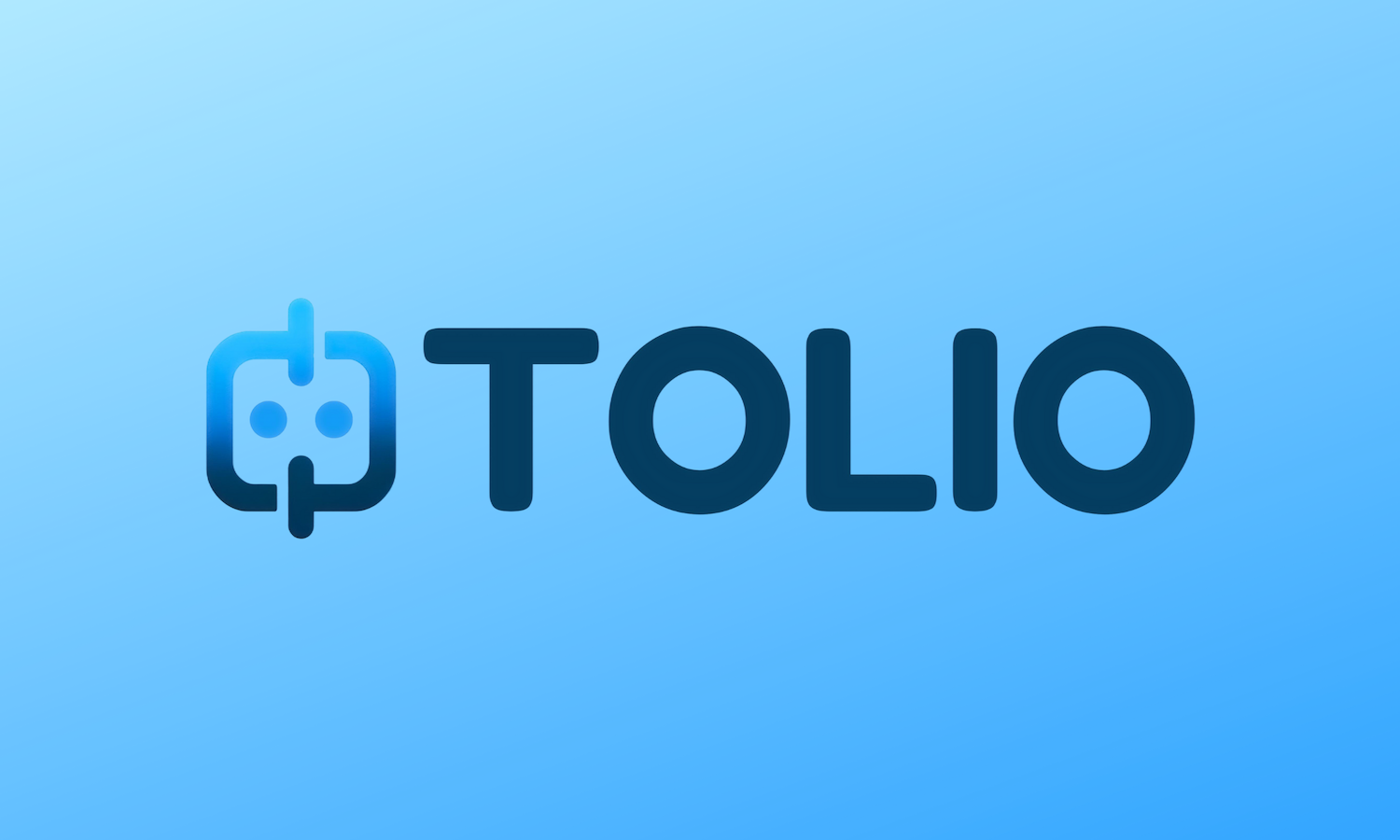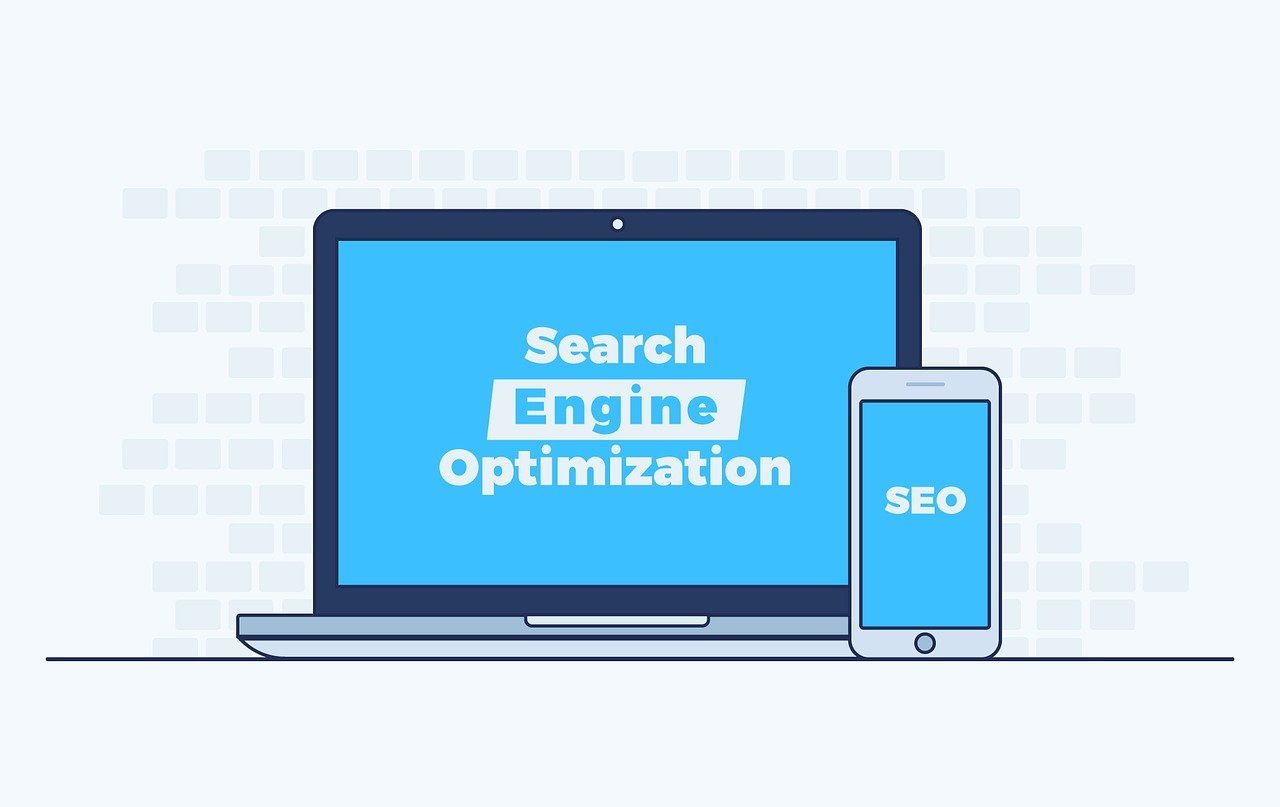In the vast digital landscape, where millions of websites compete for attention, achieving a prominent online presence is no easy task. This is where search engine optimization (SEO) comes into play, serving as a powerful tool to enhance visibility, attract organic traffic, and ultimately drive business growth. Within the realm of SEO, one crucial aspect that webmasters and marketers focus on is link building.
Link building, simply put, is the process of acquiring hyperlinks from other websites to your own. These incoming links, often referred to as backlinks, serve as votes of confidence for search engines, indicating the credibility and relevance of your website. As search algorithms continue to evolve, backlinks remain an influential ranking factor, making link building a fundamental practice for improving search engine rankings.
However, link building is not merely a numbers game. It’s not about acquiring as many links as possible, but rather about obtaining high-quality backlinks from reputable sources. And this is where the concept of a “hook” enters the scene.
In the context of link building, a hook can be defined as an attention-grabbing element or strategy that entices other website owners or content creators to link to your website. Think of it as a compelling reason for others to reference your content, products, or services and include a link back to your site. Hooks play a pivotal role in distinguishing your website from the vast sea of online content, making it more appealing and link-worthy.
The significance of hooks in link building cannot be overstated. They serve as the catalysts that propel your link building efforts to new heights, attracting not only search engine algorithms but also real users who engage with and share your content. By incorporating hooks strategically, you can increase the likelihood of earning backlinks naturally, without resorting to black-hat tactics or manipulative practices that could harm your website’s reputation in the long run.
Throughout this article, we will delve deeper into the concept of hooks in link building and explore various types of hooks you can leverage to bolster your link building strategies. From content hooks that captivate readers to relationship hooks that tap into industry influencers, we’ll uncover the secrets behind effective hook implementation.
So, if you’re ready to take your link building endeavors to the next level, join us on this exploration of hooks in link building and discover how they can revolutionize your SEO efforts.
Understanding Link Building
In order to grasp the essence of hooks in link building, it’s essential to first gain a comprehensive understanding of the link building process itself. So, let’s dive into the fundamentals and explore the world of link building together.
At its core, link building is the practice of acquiring hyperlinks from external websites that point back to your own website. These backlinks serve as pathways that connect different corners of the internet, guiding users and search engine crawlers from one website to another.
In the realm of SEO, link building is an integral part of off-page optimization. It signals to search engines that your website is a trustworthy and authoritative source of information, as other websites are essentially vouching for your content by linking to it. The more high-quality backlinks you have, the higher the likelihood that search engines will recognize and reward your website with better rankings in search results.
Different Types of Links: Inbound, Outbound, and Internal
When it comes to link building, it’s important to familiarize yourself with the various types of links that exist.
- Inbound Links: These are links that originate from external websites and direct users to your website. Inbound links are often considered the most valuable in terms of SEO because they indicate that other websites find your content valuable enough to reference and link to.
- Outbound Links: These are links that you include on your website, pointing to external sources. Outbound links can be used to provide additional information or references to support your content. While they don’t directly contribute to your website’s backlink profile, they can enhance your content’s credibility and user experience.
- Internal Links: These are links that connect different pages within your own website. Internal linking helps search engines understand the structure of your website and navigate through its content more effectively. It also enables users to discover related or relevant information, improving their overall browsing experience.
Benefits of Acquiring High-Quality Backlinks for Website Authority and Credibility
Now, you might be wondering, what makes backlinks so important for SEO?
High-quality backlinks from reputable and relevant sources have several significant benefits for your website:
- Improved Website Authority: Search engines view backlinks as endorsements of your website’s credibility and expertise. When authoritative websites link to your content, it boosts your website’s perceived authority within your niche or industry, which can positively impact your search engine rankings.
- Enhanced Organic Traffic: Backlinks not only serve as pathways for search engine crawlers but also for real users. When users come across a backlink on another website that piques their interest, they are likely to click on it and visit your website. This influx of organic traffic can lead to increased engagement, conversions, and business growth.
- Expanded Reach and Visibility: Backlinks introduce your website to new audiences who might not have discovered it otherwise. When your content is referenced and linked to from reputable sources, it exposes your brand to a wider range of potential customers or clients, expanding your reach and enhancing your online visibility.
What is a Hook in Link Building?
Hooks are the secret ingredients that give link building campaigns their extra oomph. In this section, we’ll delve into the concept of hooks in link building, unravel their essence, and understand why they are indispensable for successful link acquisition.
In the realm of link building, a hook can be defined as a captivating element, strategy, or value proposition that entices website owners, content creators, or influencers to link to your website. It’s the unique selling point that sets your content apart from the countless others on the web and makes it irresistibly link-worthy.
Think of a hook as a magnetic force that grabs attention, sparks interest, and compels others to reference your content. It’s the proverbial “hook” that pulls in potential linkers and encourages them to include a backlink to your website in their own content.
The Role of a Hook in Enhancing the Effectiveness of Link Building
In the ever-evolving world of SEO, where algorithms are constantly refining their ranking criteria, simply having great content is often not enough. Hooks play a crucial role in amplifying the effectiveness of your link building efforts. Here’s how:
- Standing Out from the Crowd: With an abundance of online content competing for attention, a hook provides that distinct element that differentiates your content from the rest. It’s what catches the eye of potential linkers and compels them to choose your content over others when seeking relevant sources to reference.
- Generating Curiosity and Engagement: A well-crafted hook piques curiosity and ignites engagement. It captivates readers or viewers, drawing them into your content and motivating them to explore further. The more engaged users are with your content, the more likely they are to share it and include backlinks when referencing it.
- Encouraging Natural Link Acquisition: Hooks facilitate the organic acquisition of backlinks, as they provide a compelling reason for others to link to your website without you having to resort to explicit requests or manipulative tactics. When your content is genuinely valuable, unique, or intriguing, other website owners naturally recognize its worth and voluntarily link to it.
Examples of Different Types of Hooks Used in Link Building Strategies
Hooks come in various forms, and their effectiveness depends on your target audience, niche, and content strategy. Here are some common types of hooks used in link building strategies:
- Content Hooks: These hooks revolve around creating compelling, informative, and shareable content that resonates with your target audience. It could be thought-provoking articles, engaging videos, interactive quizzes, or visually stunning infographics that grab attention and encourage link sharing.
- Relationship Hooks: Building genuine relationships with influencers, industry experts, or content creators can be a powerful hook. Collaborating on content creation, providing mutual support, and leveraging their network can result in valuable backlinks and increased exposure.
- Resource Hooks: Providing valuable resources, guides, or tools that address your audience’s needs can be an excellent hook. By offering unique and authoritative information or freebies like templates, ebooks, or exclusive access, you create a compelling reason for others to link to your content.
- Linkable Asset Hooks: Creating linkable assets such as original research, studies, surveys, or data-driven reports can serve as strong hooks. These assets provide valuable insights and information that other websites may find valuable enough to reference, linking back to your content.
By implementing these and other innovative hook strategies, you can enhance the appeal and link-worthiness of your content, opening the doors to more backlink opportunities and strengthening your overall link building endeavors.
Types of Hooks in Link Building
Hooks come in various shapes and forms, each tailored to engage specific audiences and entice them to link back to your website. In this section, we’ll delve into different types of hooks commonly used in link building strategies, offering you a range of options to incorporate into your own campaigns.
Content Hooks: Captivating Audiences with Compelling Content
Content hooks revolve around creating exceptional, valuable, and shareable content that leaves a lasting impact on readers or viewers. Here are some examples of content hooks:
- Creating Compelling and Shareable Content: Craft articles, blog posts, or videos that evoke emotions, provide unique perspectives, or offer practical insights. Engage readers with thought-provoking narratives, visually appealing imagery, or engaging storytelling techniques.
- Using Data, Research, and Statistics: Incorporate data-driven elements into your content to enhance credibility and demonstrate expertise. Conduct research, compile industry statistics, or present surveys and studies that provide valuable insights and become go-to resources for others.
- Infographics, Visual Content, and Multimedia: Visuals are powerful hooks that grab attention and encourage sharing. Design visually appealing infographics, create engaging videos, or develop interactive content that informs and entertains your audience.
Relationship Hooks: Building Connections and Collaborating
Relationship hooks focus on establishing connections and collaborations with influencers, industry experts, and content creators. These relationships can lead to valuable backlink opportunities and amplify your content’s reach. Consider these relationship hooks:
- Building Relationships with Influencers and Industry Experts: Connect with key influencers and experts in your industry through social media, conferences, or networking events. Engage in genuine conversations, offer support, and provide value. When you establish meaningful relationships, influencers may naturally link to your content or collaborate on projects.
- Collaborative Content Creation and Guest Posting: Collaborate with influencers or industry experts to co-create content or feature guest posts on each other’s platforms. This cross-pollination exposes your content to their audience, fostering new backlink opportunities and expanding your reach.
- Leveraging Partnerships for Link Acquisition: Forge partnerships with complementary businesses or organizations. This allows you to exchange backlinks, co-market products or services, or collaborate on mutually beneficial projects. Such partnerships can generate valuable backlinks and enhance brand visibility.
Resource Hooks: Providing Value through Valuable Resources
Resource hooks focus on providing valuable resources, guides, or tools that address the needs and interests of your target audience. These resources become valuable references that other websites may link to. Consider these resource hooks:
- Creating Valuable Resources, Guides, and Tools: Develop comprehensive resources, step-by-step guides, or practical tools that offer unique solutions to common problems or challenges. By providing actionable information or tools, you create a compelling reason for others to link to your content.
- Offering Unique and Authoritative Information: Become a go-to source of exclusive information or expertise in your niche. Share insider knowledge, conduct in-depth research, or provide insightful analysis. When others seek credible references, they may naturally link to your valuable content.
- Offering Freebies, Templates, or Exclusive Access: Provide freebies, templates, checklists, or exclusive access to valuable content or services. This entices others to link to your website to share these resources with their audience, enhancing your link building efforts.
Linkable Asset Hooks: Creating Engaging and Shareable Assets
Linkable asset hooks revolve around creating assets that are inherently link-worthy, attracting backlinks through their inherent value. Consider these linkable asset hooks:
- Developing Linkable Assets like Studies, Surveys, or Case Studies: Conduct original research, surveys, or studies in your industry. Publish the findings, insights, or recommendations as shareable assets that other websites and content creators would find valuable and link-worthy. These assets provide unique data or analysis, making them highly attractive for referencing and linking.
- Creating Original Research or Data-Driven Reports: Dive deep into your niche or industry and produce original research or reports based on reliable data sources. Uncover trends, patterns, or new insights that haven’t been widely explored. When others discover the value and credibility of your research, they may naturally link to it in their own content.
- Designing Interactive Tools or Quizzes: Engage your audience with interactive tools, calculators, quizzes, or assessments that provide personalized results or valuable information. These interactive assets not only offer immediate value to users but also tend to be highly shareable, generating backlinks as they are referenced and promoted across the web.
By incorporating these different types of hooks into your link building strategies, you can tap into the diverse interests and preferences of your target audience. Remember, the key is to create hooks that align with your content and resonate with your audience, enticing them to link back to your website organically.
Best Practices for Implementing Hooks
Now that we understand the importance of hooks in link building, it’s crucial to explore the best practices for implementing them effectively. By following these guidelines, you can maximize the impact of your hooks and increase the likelihood of attracting valuable backlinks.
Identify Your Target Audience and Understand Their Interests
To create hooks that resonate with your audience, you must first understand their needs, preferences, and interests. Conduct thorough audience research to gain insights into their demographics, motivations, pain points, and content consumption habits. This understanding will guide you in crafting hooks that align with their interests and provide solutions to their problems.
Conduct Competitor Analysis for Inspiration
Analyze the link building strategies of your competitors to gain inspiration and insights. Identify the hooks they have successfully employed and analyze how they resonate with their audience. This competitive analysis can help you identify gaps, differentiate your approach, and find unique hooks that set your content apart.
Craft Engaging and Compelling Hooks
When developing hooks, focus on creating content that is genuinely compelling, unique, and valuable. Consider these tips:
- Create a Strong Value Proposition: Clearly communicate the value and benefits of your content or resources. Highlight what makes it unique, informative, or entertaining.
- Spark Emotions: Tap into emotions that resonate with your target audience. Whether it’s humor, inspiration, curiosity, or empathy, triggering emotions can make your content more memorable and shareable.
- Offer Solutions or Answers: Address common challenges or questions within your niche. By providing practical solutions, actionable insights, or expert advice, you position yourself as a valuable resource worthy of backlinks.
Utilize Effective Outreach and Promotion Strategies
Having exceptional hooks is just the first step. You also need to ensure that your hooks gain visibility and reach the right audience. Consider these outreach and promotion strategies:
- Outreach to Relevant Websites: Identify websites, blogs, or influencers in your industry that would find your content valuable. Reach out to them personally, offering insights into how your content can benefit their audience. Establishing relationships and providing personalized value can increase the chances of earning backlinks.
- Leverage Social Media Channels: Share your hooks on relevant social media platforms to reach a broader audience. Engage with your followers, industry influencers, and communities, encouraging them to share your content and potentially link back to it.
- Collaborate with Influencers and Partners: Collaborate with influencers, industry experts, or complementary businesses to amplify your hooks. Co-create content, host webinars, or engage in cross-promotion to reach new audiences and increase the visibility of your hooks.
Monitor and Analyze the Performance of Your Hooks
Regularly monitor the performance of your hooks to understand their effectiveness and make necessary adjustments. Track backlinks, referral traffic, engagement metrics, and keyword rankings. Analyze user behavior and conversion rates associated with your hooks. This data will provide valuable insights into the success of your hooks and help optimize your link building strategy.
Measuring the Success of Hooks
Once you have implemented hooks in your link building strategies, it’s essential to measure their success to understand their impact and make informed decisions for future campaigns. In this section, we’ll explore key metrics and approaches to measure the effectiveness of your hooks.
Tracking Backlinks and Referral Traffic
One of the primary indicators of the success of your hooks is the number and quality of backlinks generated. Monitor the acquisition of new backlinks and analyze their source domains. Look for backlinks from authoritative websites within your industry, as they carry more weight in search engine algorithms.
In addition to tracking backlinks, monitor referral traffic from these backlinks. Analyze the number of visitors coming to your website through these links, their engagement with your content, and the conversions or goals achieved. This data provides insights into the effectiveness of your hooks in driving targeted traffic and user engagement.
Analyzing Engagement Metrics and User Behavior
Engagement metrics offer valuable insights into how users interact with your content. Measure metrics such as time on page, bounce rate, scroll depth, and social shares. A high time on page and low bounce rate indicate that your hooks are successfully captivating and retaining users’ attention.
Analyze user behavior on your website. Are users exploring other pages beyond the landing page? Are they interacting with your calls-to-action or subscribing to your newsletter? Understanding how users navigate through your website and interact with your content provides insights into the effectiveness of your hooks in driving meaningful engagement.
Monitoring Keyword Rankings and Search Visibility
The success of your hooks can also be measured through improvements in keyword rankings and search visibility. Track the ranking positions of target keywords that are relevant to your hooks. Are you seeing an upward trend in rankings? Are you ranking higher for key search terms? Increased visibility in search engine results indicates that your hooks are resonating with search algorithms and attracting organic traffic.
Monitor the overall search visibility of your website using SEO tools or platforms. Look for improvements in visibility over time, indicating that your hooks are making your website more discoverable and reaching a wider audience.
Regularly analyze and compare these metrics before and after implementing hooks. Identify trends, patterns, and correlations to understand the impact of your hooks on your link building efforts and overall SEO performance.
Conclusion
Throughout this journey into the realm of hooks in link building, we have explored their significance, different types, best practices for implementation, and methods to measure their success. As we wrap up our exploration, let’s recap the key takeaways and reflect on the future of link building.
Hooks in link building serve as the driving force behind successful campaigns. They are the captivating elements that differentiate your content, engage your target audience, and entice others to link back to your website. By implementing hooks strategically, you can elevate the effectiveness of your link building efforts and attract valuable backlinks from reputable sources.
We have explored various types of hooks, including content hooks that captivate audiences with compelling content, relationship hooks that foster collaborations and partnerships, resource hooks that provide valuable resources and tools, and linkable asset hooks that create engaging and shareable assets. By diversifying your hook strategies, you can cater to different audiences and increase your chances of securing high-quality backlinks.
To implement hooks effectively, it’s important to understand your target audience, conduct competitor analysis for inspiration, craft compelling hooks, and utilize outreach and promotion strategies. By closely monitoring the performance of your hooks, including tracking backlinks, analyzing engagement metrics, and monitoring keyword rankings, you can gauge their success and optimize your link building strategies.
Looking ahead, the future of link building will continue to rely on hooks as a fundamental element. As search engine algorithms evolve and user expectations shift, the ability to create hooks that provide unique value and resonate with audiences will remain crucial. Link building will increasingly revolve around building genuine relationships, creating valuable content and resources, and establishing thought leadership within your industry.
Remember, successful link building is a continuous process. It requires adaptability, creativity, and a commitment to providing value. By incorporating hooks into your link building strategies and continuously refining them based on insights and data, you can elevate your website’s visibility, authority, and organic traffic.
So, embrace the power of hooks, experiment with different strategies, and always strive to create content that inspires, educates, and delights your audience. Link building is an ever-evolving journey, and by harnessing the potential of hooks, you can navigate the digital landscape with confidence and achieve lasting success.
Now, it’s time to put your newfound knowledge into action and embark on your own exciting link building endeavors. Best of luck on your journey of building a robust online presence and earning those valuable backlinks!








![76 Tips to Optimize your Website for SEO [Guide]](https://toppdomain.com/wp-content/uploads/2023/12/web-3967926_1280.jpg)